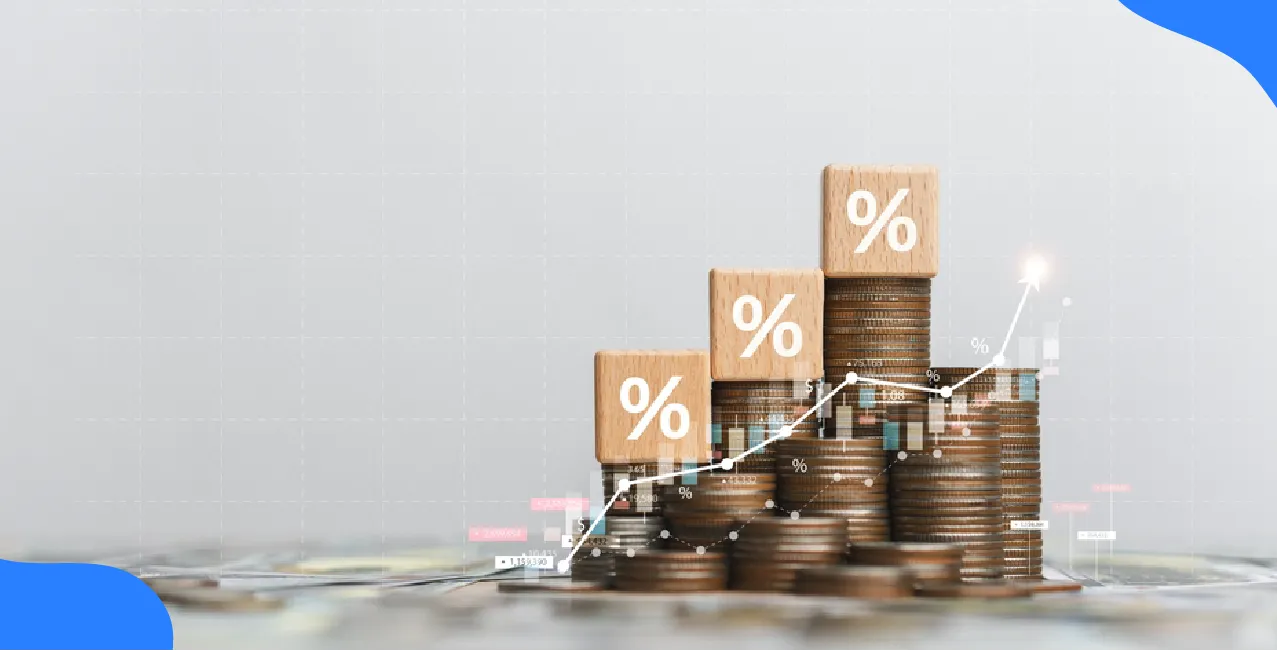
Author
LoansJagat Team
Read Time
5 Min
07 Aug 2025
What is a Capital Reserve? Meaning, Uses & Key Examples
A capital reserve is money that a company keeps aside to handle sudden or unexpected costs. It also helps cover any losses the company may face in the future.
Let’s take the example of a company named BrightTech. Each month, it earns profits but doesn’t spend it all. It keeps some part of the profit aside as a capital reserve just in case things go wrong in the future.
Here’s a quick look at BrightTech’s monthly reserve:
BrightTech doesn’t use this reserve for daily work. It only uses it when needed. Companies do this to stay strong during tough times.
The Importance of Capital Reserve: Strong Foundations, Safe Future
A capital reserve is money a company saves from its profits. This money helps the company stay safe during hard times, like a fall in sales, a sudden expense, or an economic slowdown. It acts like a financial safety net.
Let’s understand this with an example.
TechNova Ltd. earns a steady monthly profit. While it spends most of this on operations and growth, it also saves a fixed amount each month as a capital reserve. This money is used only when something urgent or unusual happens, like replacing damaged equipment or covering sudden expenses.
Here’s how TechNova saves its reserve:
TechNova keeps this reserve untouched during normal times. It uses the fund only when truly necessary. This habit helps the company stay prepared for unexpected challenges.
Read More –What is Paid Up Capital: Meaning, Types & Role in Business Funding
Why are Capital Reserves Important to Businesses?
What Are Reserves?
Reserves are profits that a company sets aside instead of spending or distributing them. These savings help the company handle future needs, follow rules, or deal with unexpected losses.
Types of Reserves
Companies usually create two main types of reserves:
- Revenue Reserves – These come from regular business profits. Companies may use them to pay dividends, give bonuses, or reinvest in the business.
- Capital Reserves – These come from non-regular profits, like selling assets at a profit or issuing shares at a premium. Companies use them for specific purposes only.
What Makes Capital Reserves Different?
Capital reserves are not like general or revenue reserves. Here's how they stand out:
- Companies cannot use them to pay dividends or bonuses.
- They are saved for particular purposes like writing off capital losses or funding large projects.
- As per the Companies Act, 2013, a company must transfer them to free reserves before using them freely.
This special nature makes capital reserves important for long-term strength and stability.
How Do Companies Use Capital Reserves?
How do Companies Show Capital Reserves in Their Books?
Capital reserves are like a savings jar that a company keeps aside for special use. They are not used to pay regular bills or to give money to shareholders as dividends. Let us break it down in a simple way.
What Is a Capital Reserve?
A capital reserve is money that a company saves for important plans. This might include buying another company, repairing large machines, or dealing with tough situations. It is not used for daily business expenses.
Where Is It Shown in the Books?
Capital reserves are shown on the balance sheet, which is like the company’s report card. They appear under Shareholders’ Equity, which is the part of the company owned by shareholders.
They are not loans. They are not the money the company owes to others. They are savings from special profits and not from daily business activities
Understanding Capital Reserve with Real Business Uses
A Capital Reserve is a type of financial reserve created from capital profits, not from everyday business earnings. Let’s understand this with simple examples and how it works in practice.
Examples of Capital Reserve
Companies usually create a capital reserve from these events:
- Selling old offices or land at a profit
- Earning profit from the issue of shares
- Making gains on the sale of fixed assets
- Receiving profit earned before the company was officially formed
- Gaining from forfeited and reissued shares
For example, if a holding company pays more for a subsidiary than its actual value, say ₹4,50,000 instead of its worth ₹4,05,000, the extra ₹45,000 is treated as goodwill, while the remaining profits can form a capital reserve.
Suppose a company wants to build a new office but does not want to take a loan. It might sell an old building and use the profit to fund the construction. That profit goes into the capital reserve. It’s kept aside strictly for that purpose, not for dividends or general use.
Also Read - What is Capital Structure? Meaning, Types & Importance
Key Features of Capital Reserve
Why Capital Reserve Is a Smart Financial Choice?
Conclusion
Capital reserve is a smart way for companies to stay strong and ready for the future. It helps fund long-term goals, manage tough times, and grow without needing loans. By saving from capital gains, businesses protect themselves and build trust with investors. It shows strong planning and financial discipline.
FAQ’s
1. What is a capital reserve?
A capital reserve is money a company sets aside from selling assets or other capital profits. It supports long-term projects or emergencies.
2. Can companies give capital reserves to shareholders?
No, companies cannot divide capital reserve among shareholders. It stays with the business for future use.
3. Why do companies create capital reserves?
They create capital reserves to fund future growth, face financial troubles, and avoid loans.
4. Is the capital reserve used for daily business needs?
No, capital reserve is not for regular business use. It is for big, planned needs.
5. Does capital reserve help during bad times?
Yes, it helps companies survive hard times by giving them funds when other sources fail.
Other Related Pages | |||
About the Author

LoansJagat Team
‘Simplify Finance for Everyone.’ This is the common goal of our team, as we try to explain any topic with relatable examples. From personal to business finance, managing EMIs to becoming debt-free, we do extensive research on each and every parameter, so you don’t have to. Scroll up and have a look at what 15+ years of experience in the BFSI sector looks like.

Quick Apply Loan
Subscribe Now


